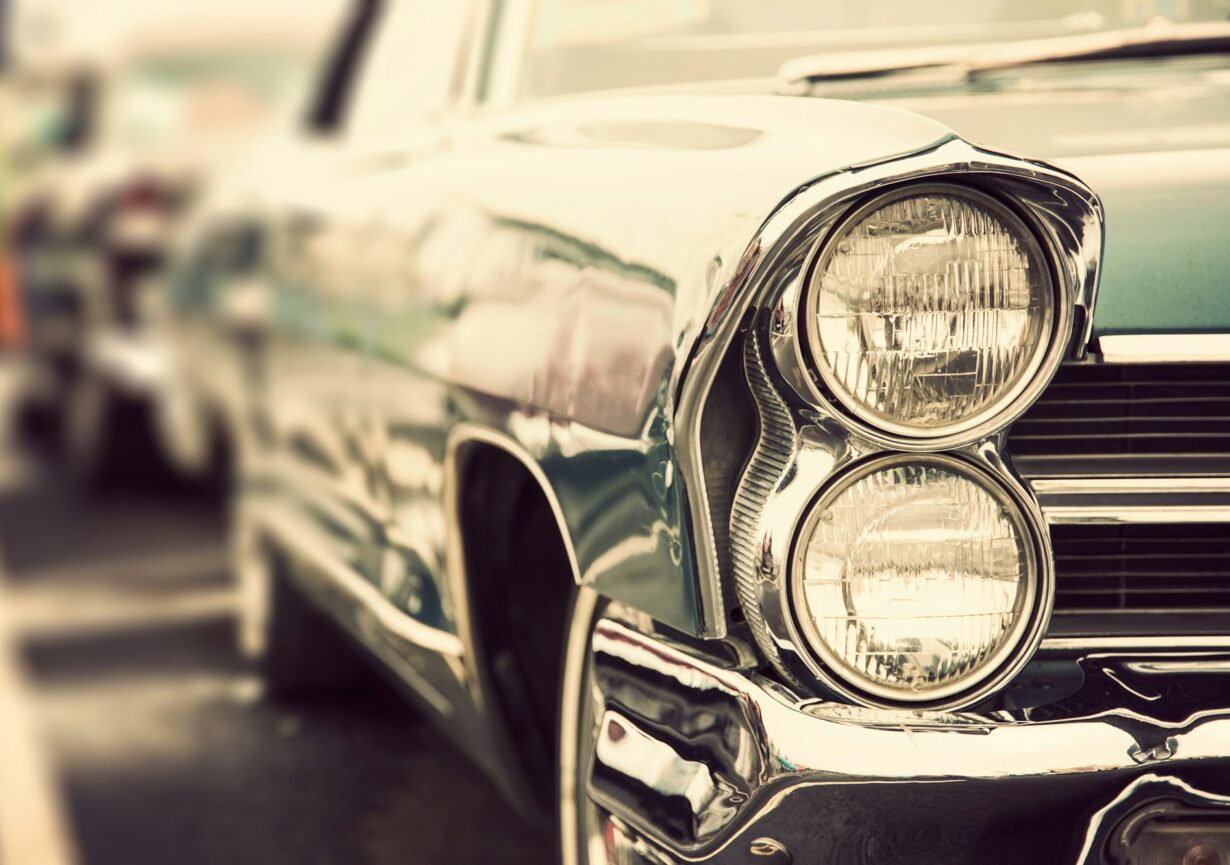Classic cars have a unique allure that transcends generations, often evoking nostalgia and admiration for their design and engineering. In 2024, car enthusiasts are not just preserving these vehicles; they are reimagining them. By blending traditional aesthetics with modern technology, restorers and modifiers are creating a new breed of classic cars that honors the past while embracing the future. This article delves into some of the most innovative restorations and modifications of 2024, showcasing the creative talent that drives this fascinating automotive culture.
1. Reviving Vintage Designs with Modern Technology
One of the most exciting trends in classic car restoration is the incorporation of modern technology without sacrificing the car’s original character. Restorers are increasingly turning to electric drivetrains to give vintage cars a sustainable edge. For instance, a classic Mustang or Chevy Nova can be transformed into a fully electric vehicle, enhancing performance and reducing environmental impact. Companies like Electric GT and EV West specialize in converting classic muscle cars into electric powerhouses, maintaining the aesthetics while dramatically improving acceleration and efficiency.
Moreover, infotainment systems that offer Bluetooth connectivity, GPS navigation, and advanced sound systems are being seamlessly integrated into classic dashboards. Enthusiasts can now enjoy the comforts of modern amenities while driving a car that still looks like it rolled off the assembly line decades ago. This blending of old and new captures the essence of what it means to love classic cars in the contemporary era.
2. Sustainable Restorations: Eco-Friendly Modifications
As environmental concerns gain prominence, classic car restorers are increasingly adopting sustainable practices. Eco-friendly modifications focus on minimizing the carbon footprint of classic car restorations while enhancing their appeal. For example, some restorers use biodegradable paints and finishes that are less harmful to the environment. Others are sourcing materials from recycled components, making restorations not only stylish but also responsible.
In addition to the choice of materials, the push for electric conversions has grown significantly. Converting classic cars to electric not only contributes to cleaner air but also offers substantial performance benefits. Electric motors provide instant torque, leading to exhilarating acceleration and a quieter ride. This sustainable approach to restoring classic vehicles ensures that enthusiasts can enjoy their passion while contributing positively to the environment.
3. Custom Bodywork and Paint Jobs
The exterior of a classic car is often the first thing that catches the eye, making custom bodywork and paint jobs crucial to any restoration project. In 2024, the trend leans towards unique designs that reflect the owner’s personality. From vibrant, eye-catching colors to intricate custom graphics, the options are virtually limitless.
One standout example is the rise of patina restorations, where owners deliberately leave the car’s original, weathered paint intact, while also applying clear coats to protect the surface. This approach offers a unique contrast, showcasing the car’s history while adding a layer of protection.
Moreover, paint technologies have evolved, allowing for finishes that change color based on the angle of light, creating a dynamic visual experience. Many restorers are also opting for metallic and pearlescent finishes that give classic cars a modern twist without losing their vintage charm.
4. Performance Enhancements: A New Lease on Speed
Restoring a classic car goes beyond aesthetics; performance is equally important. Many enthusiasts are seeking to enhance the driving experience by upgrading the engine, suspension, and braking systems. This year, there’s a noticeable trend toward installing modern engines that deliver higher horsepower while maintaining fuel efficiency.
For instance, a classic Ford Bronco can be fitted with a modern turbocharged engine, providing a significant boost in performance compared to the original models. Additionally, upgrading to modern suspension systems can improve handling and ride quality, making classic cars more enjoyable to drive on today’s roads.
Braking technology has also advanced considerably. Many restorers are incorporating disc brakes that offer superior stopping power, ensuring that classic cars can safely navigate modern traffic conditions. By blending vintage design with modern engineering, enthusiasts are creating classic cars that are not only beautiful but also exhilarating to drive.
5. Community and Culture: The Role of Car Shows and Clubs
The classic car restoration community thrives on shared passion and collaboration. Car shows and clubs serve as vital hubs for enthusiasts to showcase their vehicles, exchange ideas, and connect with like-minded individuals. Events such as the Pebble Beach Concours d’Elegance and SEMA Show draw thousands of enthusiasts, creating a vibrant atmosphere that celebrates automotive history and innovation.
These gatherings provide a platform for restorers to display their hard work and creativity. It’s not just about the cars; it’s about the stories they tell and the friendships formed around a shared love for automobiles. Many clubs also organize restoration workshops and meet-ups, allowing members to learn from each other and improve their skills.
6. The Future of Classic Car Restoration
Looking ahead, the future of classic car restoration appears promising. As technology continues to evolve, so too will the possibilities for reimagining classic cars. Electric and hybrid conversions are likely to become standard practices, and we may see even more integration of smart technologies in classic vehicles.
Moreover, as more restorers embrace sustainable practices, the classic car community will likely shift toward greater environmental responsibility. This evolution could also influence manufacturers, pushing them to create more eco-friendly components for restorers.
Conclusion
In 2024, classic cars are undergoing a remarkable transformation, marrying the nostalgia of the past with the innovations of the future. From electric conversions to custom bodywork, the creativity within the restoration community is reshaping how we view these beloved vehicles. As enthusiasts continue to blend tradition with modernity, classic cars will not only remain a testament to automotive history but will also pave the way for a more sustainable and exciting future. Whether you’re an avid collector or a casual admirer, the world of classic car restoration is an exhilarating space to watch.


